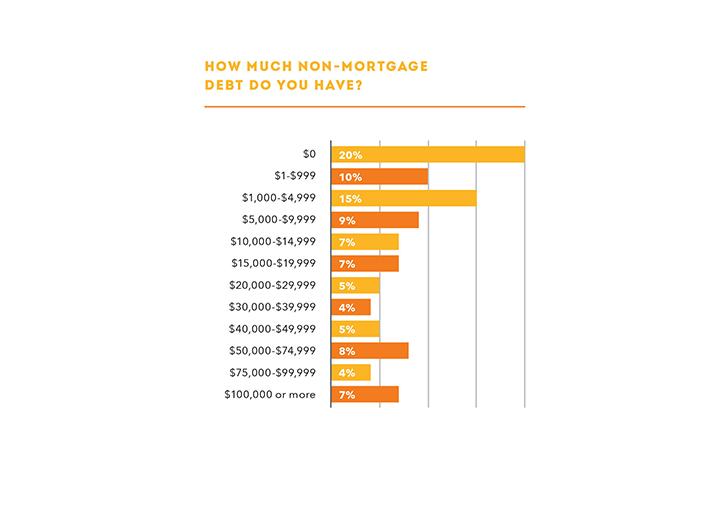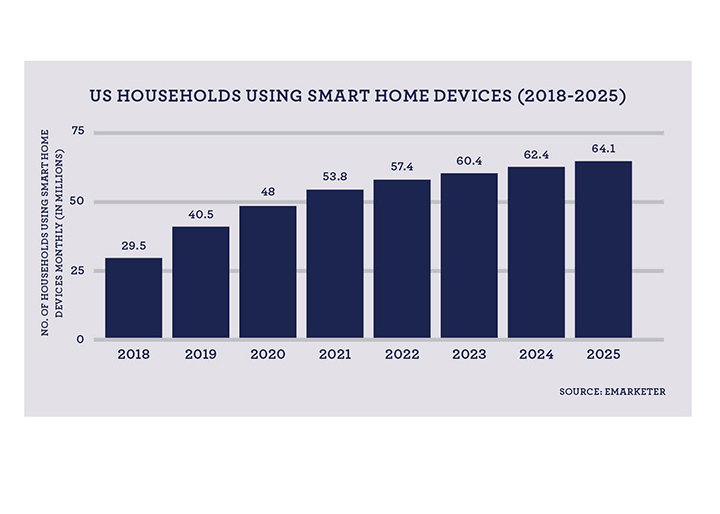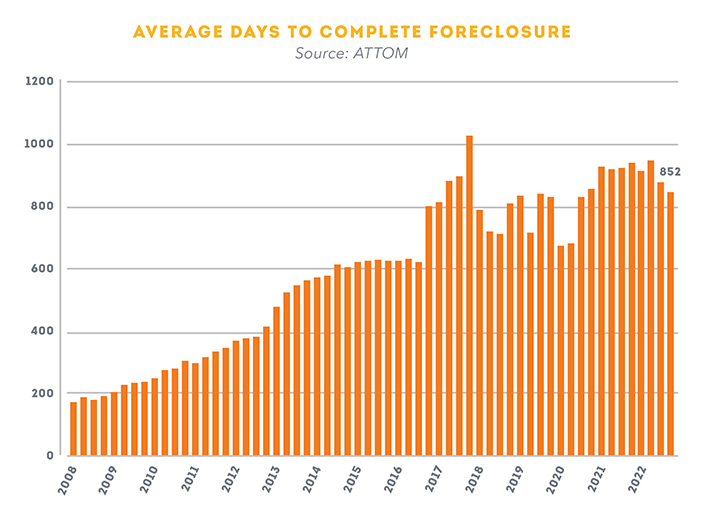Greenville-Spartanburg, South Carolina
The Palmetto State’s “Emerald City” is Still a Prime Location for Investors By Carole VanSickle Ellis The Greenville, South Carolina, real estate market has normalized, and that means the Palmetto State’s “Emerald City” is looking more alluring than ever in 2023. Ranked fifth on Realtor.com’s “Top 10 Real Estate Markets to Watch in 2023 and Into the Future,” Greenville boasts a combination of “better housing affordability, greater numbers of renters
Read More












